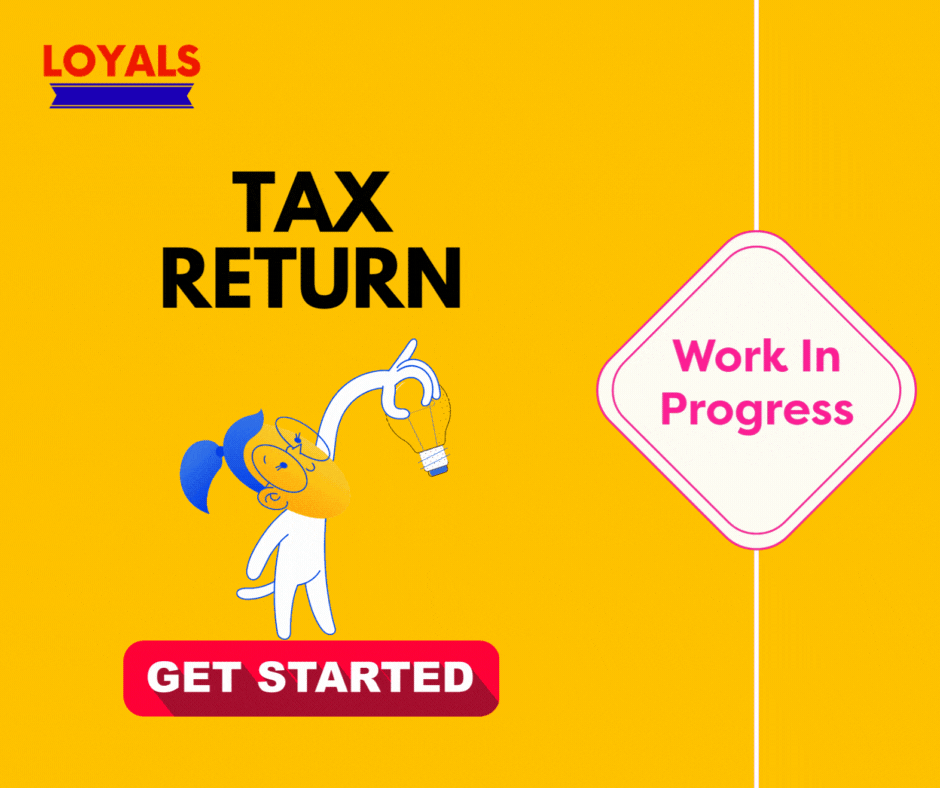A budget is a financial plan that outlines your expected income and expenses for a specific period of time, such as a month or a year. The purpose of a budget is to help you manage your money more effectively and achieve your financial goals, whether it's saving for a down payment on a house, paying off debt, or building up an emergency fund. A budget helps you make informed decisions about how to allocate your money, by identifying how much you are earning, how much you are spending, and where you can cut back on expenses. It also helps you monitor your progress and stay on track to meet your financial goals.
Creating a budget is an essential part of running a small business. A budget helps you track your expenses, manage your cash flow, and make informed financial decisions. Here are a few steps to follow when creating a budget for your small business:
How to identify your income sources?
The first step in creating a budget is to identify all of the sources of income for your business. This may include sales revenue, grants, investments, and other sources.
Your businesses typically have a variety of income sources, depending on the type of business and the products or services it offers.
Usually sales are the primary source of income for a business. This can include both online and in-person sales.
If your business owns property that it rents out to other businesses or individuals, this can be a source of income.
Another source may be coming from investments such as stocks, bonds, or real estate.
Income from interest earned on savings accounts or dividends paid on stocks is also considered as a source of income.
Some businesses may receive funding or grants from government agencies or other organisations, which can be a source of income.
Additionally a business may earn income by licensing its products or intellectual property to other businesses, or by receiving royalties for the use of its products or ideas.
To identify income sources for a business, you can review its financial records and documents, including sales records, property rental agreements, investment portfolios, and any contracts or agreements related to licensing or grants. You can also review any tax documents or reports it has filed to get a complete picture of its income sources.
How to record your expenses?
Next, list all of the expenses associated with running your business. This may include fixed expenses such as rent and utilities, as well as variable expenses such as marketing and supplies.
Using a spreadsheet is a simple and effective way to track your business expenses. You can create a spreadsheet using a program like Microsoft Excel or Google Sheets, and use it to enter all of your business expenses in a structured way. This can include columns for the date, vendor, category (such as "office supplies" or "advertising"), and amount of each expense.
There are also many different software programs available that can help a business track its expenses and manage its finances. Some popular software that we recommend are QuickBooks, Xero, Zoho Books, FreshBooks and Wave. These programs have features for entering and categorising expenses, generating reports, and reconciling accounts.
If you prefer a more hands-on approach, you can track your business expenses using a manual system, such as a ledger or notebook. This can be a good option for small businesses with relatively simple finances.
Regardless of which method you choose, it's important to be consistent and thorough in tracking your business expenses. This will help you have a clear picture of your financial position and make informed decisions about your business. However, if you prefer a hustle free experience while keeping tidy and organised, you can contact a LOYALS expert. We will take care of your bookkeeping and accountancy.
How to determine your profit margin?
Your profit margin is the difference between your income and expenses. Calculating your profit margin will help you determine how much money you have available to reinvest in your business or save for the future.
The profit margin is a measure of a business's profitability, calculated by dividing the business's net income by its total revenue.
Here's the formula for calculating your profit margin
Profit Margin = (Net Income / Total Revenue) x 100
To determine your business's profit margin, you will need to know its net income and total revenue. Net income is the amount of money your business earns after deducting all of its expenses, including the cost of goods sold, operating expenses, and taxes. Total revenue is the total amount of money your business earns from the sale of its products or services.
To calculate the profit margin, divide the net income by the total revenue, and multiply the result by 100 to express it as a percentage.
For example, if a business has a net income of £50,000 and total revenue of £100,000, its profit margin would be 50%.
The profit margin is a useful measure of your business's financial health, as it shows the percentage of revenue that is being retained as profit. A higher profit margin indicates that a business is more efficient and profitable, while a lower profit margin may indicate that the business is struggling to turn a profit.
How to set financial goals?
Setting financial goals can help you stay focused and motivated as you work to grow your business. Consider setting short-term and long-term goals, such as increasing sales or expanding your operations.
Setting financial goals is an important step in managing a business's finances and ensuring its long-term success.
First you should determine your business's current financial position. You can do that by looking at your business's current financial situation, including its revenues, expenses, and profits. This will give you a baseline to work from and help you identify areas where you can improve.
Identify your business's financial objectives and think about what you want to achieve with your business's finances. Some common financial objectives might include increasing revenues, reducing expenses, improving profitability, or building up a cash reserve.
To make your financial goals as effective as possible, use the SMART criteria to make them specific, measurable, attainable, relevant, and time-bound. For example, instead of setting a goal to "increase profits," set a goal to "increase profits by 10% within the next six months by reducing expenses and increasing sales."
Once you have set your financial goals, create a plan to achieve them. This might involve setting budgets, identifying cost-saving opportunities, or implementing marketing campaigns to increase sales.
It's important to review and revise your financial goals regularly to make sure they are still relevant and achievable. As your business grows and changes, your financial goals may need to be adjusted.
By setting financial goals and creating a plan to achieve them, you can take control of your business's finances and ensure its long-term success.
How to create a budget spreadsheet?
A budget spreadsheet is a tool that can help you track your income and expenses and stay on track with your financial goals. There are many budget templates available online, or you can create your own using a spreadsheet program.
A budget spreadsheet is a useful tool for managing a business's finances and tracking its expenses.
Once you have determine your business's income sources explained in the previous paragraph. Then you should make a list of all the expenses your business incurs, including the cost of goods sold, operating expenses, and taxes. Categorise your expenses as fixed or variable, depending on whether they remain the same from month to month or fluctuate.
Open a spreadsheet program, such as Microsoft Excel or Google Sheets, and create a new spreadsheet. Set up columns for the categories of income and expenses you have identified.
Enter your income and expenses in the appropriate columns, enter the amounts for each category of income and expense. Be sure to include both fixed and variable expenses, and any one-time expenses that you expect to incur.
Calculate your profit or loss by subtracting your total expenses from your total income to determine your profit or loss for the period.
It's important to review and revise your budget regularly to make sure it accurately reflects your business's financial position. As your income or expenses change, be sure to adjust your budget accordingly.
By creating a budget spreadsheet, you can track your business's income and expenses and make informed decisions about how to allocate your financial resources.
A budget is used to plan and control your spending and saving, so that you can make the most of your financial resources. By creating a budget, you can identify how much money you have coming in, how much you are spending, and where you can make adjustments to save more or spend less. This can help you achieve a variety of financial goals, such as saving for a down payment on a house, paying off debt, building up an emergency fund, or saving for retirement.
A budget is also useful for tracking your progress and making sure you are staying on track to meet your financial goals. By regularly reviewing your budget and comparing it to your actual income and expenses, you can identify any areas where you are overspending or under-saving, and make adjustments as needed.
Overall, a budget is an important tool for managing your money and achieving your financial goals. By creating and following a budget, you can take control of your finances and make the most of your financial resources.
If this article was of any help to you and your business, make sure to follow our social media channels for more beneficial content to help the driving of your successful business.







Add comment
Comments